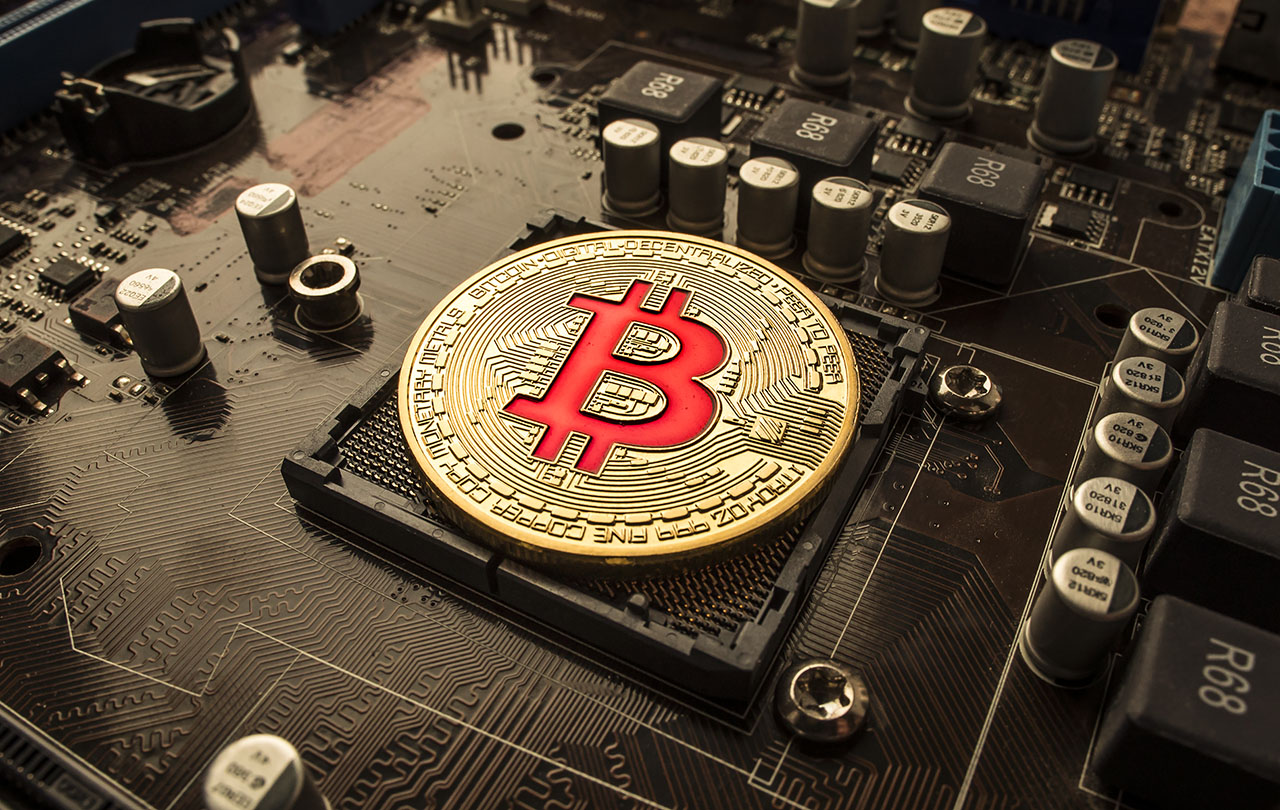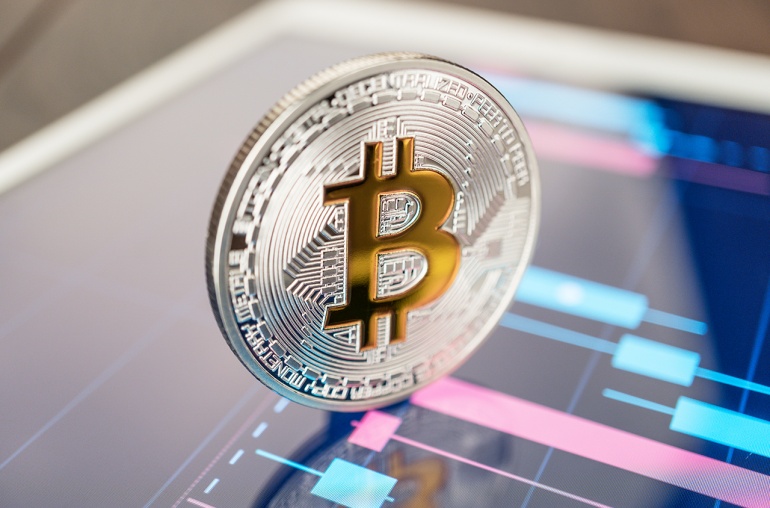Ever since Bitcoin was introduced to the world, doubts about its ability to scale have been raised from multiple quarters. In general, Bitcoin transactions are processed, validated, and recorded on a digital ledger called “blockchain,” which we all know today as a revolutionary technology with applications far beyond the world of accounting and finance.
Thanks to blockchain, books of accounts and business ledgers are much more challenging to manipulate. You can’t just start fudging figures because every exchange has been verified by the majority of users on that particular blockchain network. Moreover, decentralization is one of the core tenets of this system. This makes blockchain a private network running on computer systems that could be spread to all corners of the world.
Nevertheless, this system has its issues. One of them is the slow speed compared to commercial banks managing credit card transactions. For instance, VISA Inc. processes about 564 million exchanges every day. This comes down to around 6,527 transactions being managed and validated every second.
In contrast, a typical Bitcoin blockchain can only process 4.43 transactions per second. Some exchanges may take several minutes before the network gives them the green light. There’s been a tremendous boom in the number of Bitcoin traders and investors over the years. Waiting times have increased considerably given the huge network traffic and more exchanges to process and validate. One reason is that the underlying technology serving these users has essentially stayed the same.
Crypto miners and developers have proposed the following solutions to deal with the scaling and transaction speed problems ailing Bitcoin.
- Making every data block smaller means fewer transactions to process. This will increase the pace of verifications, and new blocks could be added to the blockchain relatively quickly.
- Creating bigger blocks than before. This would lead to more transactions being processed and more data being recorded any time a new block is linked to the chain.
The result of implementing these solutions was “Bitcoin Cash (BCH). Let’s take a closer look at both Bitcoin (BTC) and Bitcoin Cash (BCH). Later on, we’ll compare their salient features.
Bitcoin (BTC)
During the summer of 2017, top Bitcoin mining companies and private pools incorporated the technology SegWit (Segregated Witness) into the cryptocurrency’s system. It cut down the size of data blocks by eliminating signature data, estimated to account for a massive 65% of information processed in every block. Later on, in early 2019, bigger data blocks were adopted to enhance scalability.
Bitcoin Cash (BCH)
As mentioned already, Bitcoin Cash (BCH) was the product of Bitcoin developers and miners making efforts to improve the cryptocurrency’s “ability to scale” and “transaction processing speeds.” Even after the implementation of SegWit, concerns about these two longstanding issues never entirely went away, despite the subsequent progression.
Hence, around the same time that SegWit was introduced into the Bitcoin network, a bunch of miners and developers built what’s called “a hard fork.” It’s essentially a completely new cryptocurrency, known as “Bitcoin Cash,” with a unique blockchain network and a few aspects that set it apart from the original Bitcoin.
One of them is the significantly bigger block size (8 MB) to accelerate the transaction validation and data storage procedures. The people behind BCH also enabled adjustable difficulty levels. The idea of this move was to ensure the chain’s survival no matter how many members are active on the network at any given time.
In early 2022, BCH increased the average block size on its network to 32 MB, bumping the capacity up four times. This enables Bitcoin Cash to process and record exchanges much faster than Bitcoin. As a result, the waiting duration is significantly less while the processing cost to the users is also lower.
Nevertheless, despite being able to handle a considerably greater number of transactions per second, the BCH network has its downsides. For starters, the bigger block size might lead to system security being somewhat compromised. Nothing to worry about for now. The setup is largely safe from unwanted data hacks and other virtual attacks. But, it doesn’t yet match the levels of security afforded by Bitcoin.
Bitcoin (BTC) vs. Bitcoin Cash (BCH)
How does BCH hold up against BTC? The latter, owing primarily to its status as the most popular crypto asset on the planet, remains the bigger currency. Of course, both have their positives and negatives, as already discussed. Below are some other standout differences.
Market Capitalization
At the time of writing this piece, BCH’s market capitalization stood at $4.48 billion. This is enough for a place in the top 25 cryptocurrencies of the world by market cap. On the other hand, Bitcoin continues its supremacy with a market capitalization well above $805 billion. This is more than double that of Ethereum ($360.82), its biggest rival and the industry’s second most popular crypto asset.
Tokens In Circulation
Both Bitcoin and Bitcoin Cash have a coin cap of 21 million. This means that the total number of tokens in circulation wouldn’t exceed this figure unless the people at the helm decide to raise the cap. At the time this piece was written, the coin supply of BCH had crossed 19 million. That’s around 90% of the entire supply. On the other hand, BTC had just under 19 million tokens in circulation (89-90% of the supply).
Can Bitcoin Cash Be An Adequate Medium of Exchange?
Like any other cryptocurrency, Bitcoin Cash allows users within its network to make peer-to-peer payments virtually. The transaction fee for most Bitcoin Cash trading activities is usually a fraction of a cent. Moreover, the processing, verification, and settlement are almost immediate irrespective of where a particular transaction participant is based. Hence, like the original Bitcoin, BCH has its advantages. You can certainly use it to good effect for daily exchanges and different types of micro-transactions.
Conclusion

There are pros and cons of trading in Bitcoin (BTC) and Bitcoin Cash (BCH). If you’re planning to invest in either of these tokens or mine them yourself, we suggest you base your decision on your own investment goals. Both coins have features that can work well with your trading objectives. Some negatives might not complement what you’re looking to get out of crypto trading.
For more interesting stuff from the cryptocurrency industry, keep following The Crypto World.



